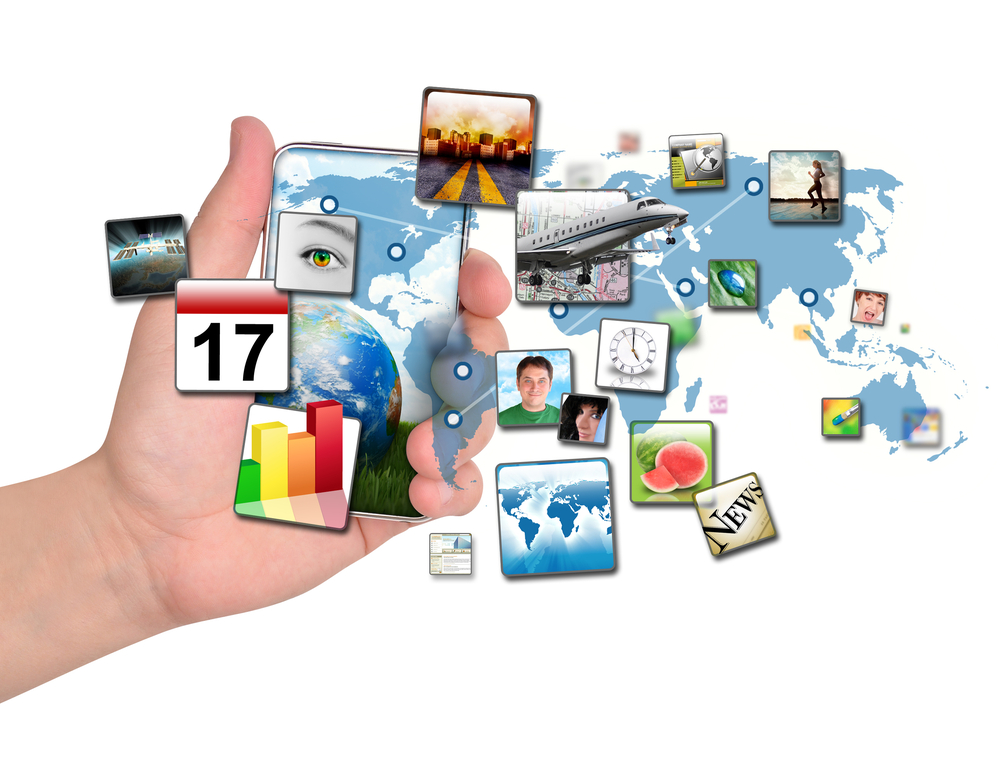What is the Digital Divide?
Interaction between human and computers has greatly increased, particularly within the 21st century.
The Digital Divide is when people have access to the internet, communication and technology, but other people don't.
The Digital Divide is an important social issue that has significant impacts economically socially and culturally if not addressed within communities around the globe.
Whilst traditionally, the issue has been in relation to third world countries and their lack of access to technology, and the disadvantage that this has provided, today even within Australia, new research according to 'the conversation' has shown that those who lack access to technology are increasingly becoming more and more disadvantaged as a result.
Further to this, those living in major cities are more likely to have access to the internet than rural or remote communities.
In major cities, 88% of households in our major cities have access.
This falls to 82% for those living inner regional and 79% for those in outer regional and remote, or very remote, areas.
Further to this, not only does location within Australia have an impact on the digital divide. so does socio economic status. Specifically, of the lowest-income households, only 44% have a tablet in the home, compared to 76% of the highest-income households which have tablets.
Why Technology Matters?
Technology has been around for a fair while and in saying that, it matters for a lot of people for day to day usage whether it's searching on the internet and as well as normal day to day usage. However, people who are poor may not have the money to spend on internet or other technologies. So the bridging of the Digital Divide helps those individuals by making the internet free for all, so they don't have to pay one single dollar or cent.
What is the purpose of the website?
Many countries are being affected by this ongoing issue, and we want to bring the awareness to other countries that are being affected.


